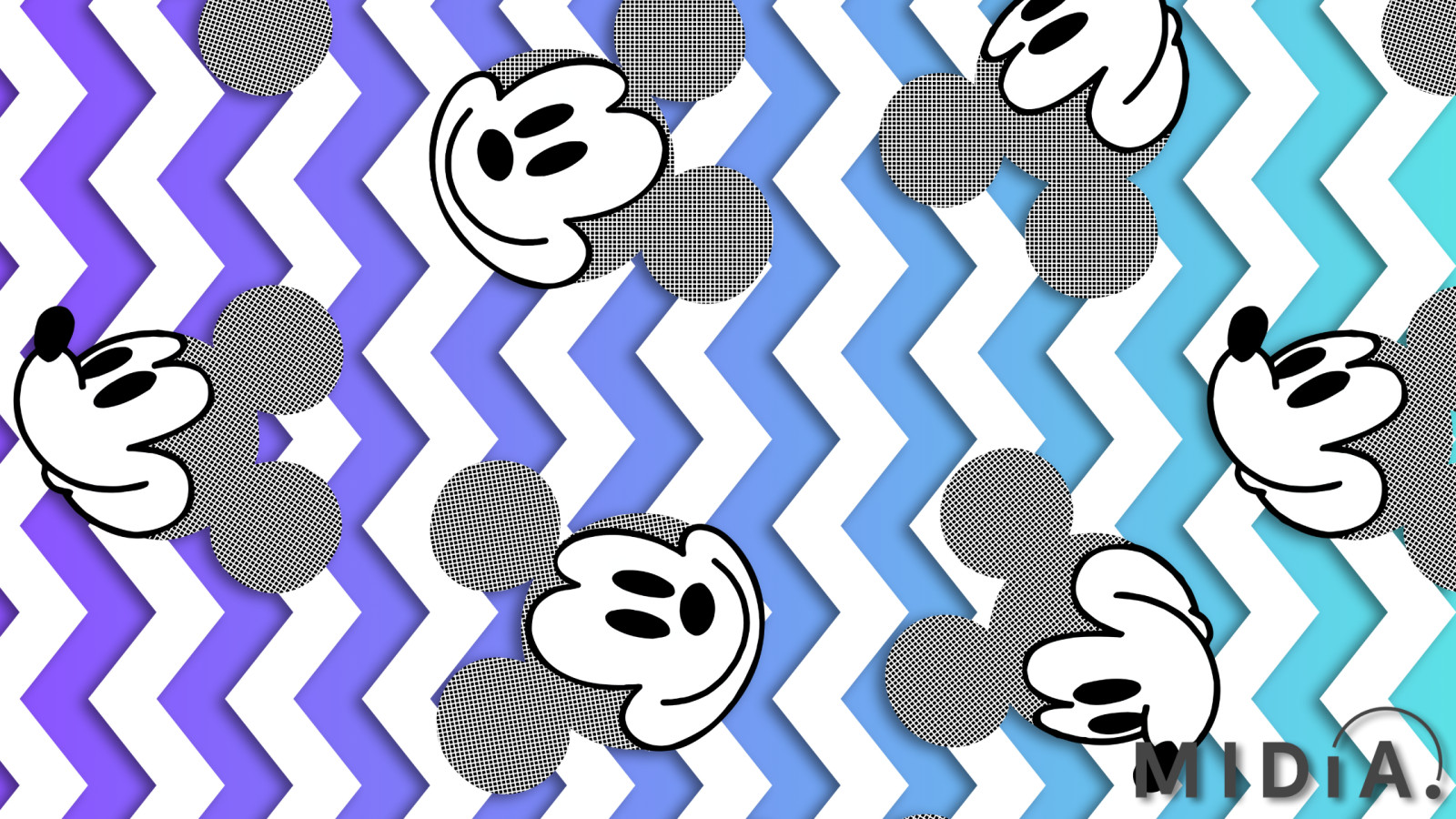Steamboat Willie Mickey Mouse and the blending of fan and franchise

Photo: TuThuy

Long known for its strict intellectual property strategy, Disney is seeing one of its core characters – the 1928 version of Mickey Mouse – enter the public domain, presenting an excellent case study on how fan engagement in entertainment has evolved in today's digital age.
The rise of multiscreen fans: How fan engagement is shaping entertainment
Netflix CPO Eunice Kim’s new strategy is to diversify use cases for Netflix’s app (per Yahoo!), referring to the smartphone as a “Swiss army knife” for grabbing viewers’ attention through added content like plot explanations and shopping. They are onto something big here – and it is not just that smartphones are addictive. Audiences today often layer their activities across many screens, be it listening to music in the background or scrolling through socials while watching TV. However, fandom arises through this blending of behaviour. Fans no longer just watch a show or listen to a song; they often follow artists on socials, view ‘behind the scenes’ YouTube videos about films they like, join Discord servers, and / or try out related games. The list of potential ‘activations’ and fan engagement is endless, so each brand must find the perfect blend to suit its audience.
Disney's intellectual property strategy reveals a history of gatekeeping IP
The fan proclivity to multitask is nothing new, nor is the importance of fan-driven spinoffs. Marvel and Star Wars have thrived not only on their official releases, but in the plethora of unofficial fan contributions that keep franchises alive, from tabletop RPGs to fan fiction and comics. After all, there was a 16-year gap between the original Star Wars trilogy and the prequels – which, if anything, heightened the visceral reaction to its revival in 1999.
Featured Report
Social 2025 Navigating platforms for fan power
The biggest apps are in the process of disruption. TikTok’s uncertain future and Meta’s apps relaxing content restrictions and fact checking will constitute greater challenges for creators, advertisers,...
Find out more…Disney's intellectual property strategy, however, has famously been strict, with the company issuing takedown demands and lawsuits when its IP is used without permission (and extended copyrights where possible). In fairness, this protectiveness makes more sense given its traditional focus: cartoons for children. Watching these cartoons can make core memories that last a lifetime, without a need for constant ‘brand activations’. Moreover, Disney has developed opportunities for fan “contributions”, from Elsa Halloween costumes to theme parks where parents take their kids (and relive their own memories).
Copyright protection: for better or for worse?
Netflix has taken a more flexible approach, such as encouraging the Bridgerton musical — until it began competing for revenue with Netflix’s own events. It is clear that the entertainment industry needs to nurture fandom and fan creation. Allowing fans to play with the source material encourages them to ‘make it their own’, which makes them more likely to engage with it moving forward as well as creating longer-lasting cultural value. This idea of ‘play’ is exactly what has driven Disney’s classic cartoon success with toys and costumes. Yet, we are in an environment where adults can be superfans and it is no longer considered ‘childish’. However, their idea of ‘play’ needs to fit into their daily lives, and can do so if they are allowed to enter the arena of creativity and publication – something that has hit in a big way in the creator economy.
Steamboat Willie Mickey Mouse entering the public domain is a turning point for Disney
The biggest test of Disney’s IP protectiveness is imminent, as its original 1928 Mickey Mouse design from the short film Steamboat Willie enters the public domain. This gives fans full creative freedom with the older design of the iconic mouse, already resulting in its use in NFTs, a first-person shooter game, and as the antagonist in upcoming slasher movie Mickey Mouse’s Trap. There is a chance that entering the public domain could dilute the cultural relevance of classic characters, yet this has not been borne out in practice. Look no further than Winnie the Pooh, which entered public domain in 2022. No one would confuse the ensuing slasher film, Winnie the Pooh: Blood and Honey, with the original character. Moreover, this misses the point of fan tributes and cultural references.
Social media is central to entertainment engagement, and internet culture is based in referencing: an understanding of a core premise that is hinted at but not inherent in that content on its own. The ‘spinoff’ content usually only has as much value as its original reference point, which grows in cultural value as the content pool citing it as a reference expands. The more people who need to understand Steamboat Willie’s Mickey Mouse design to know why the spinoffs matter, the more valuable the Steamboat Willie design will be. In fact, Disney has an advantage when leaning into fan creation precisely because its characters are so iconic. This is more challenging for newer brands (like Bridgerton) that often enter the pseudo “public domain” of creator culture from the start. Disney has had time to establish its characters’ legacies before fans build atop them. If anything, Disney will probably see an upsurge of interest in the original short film. Indeed, Google Trends shows that, in December, searches for Mickey Mouse went up slightly while Steamboat Willie had a big surge. Expect this to continue, not in spite of laughable slasher parodies, but because of them.

The discussion around this post has not yet got started, be the first to add an opinion.